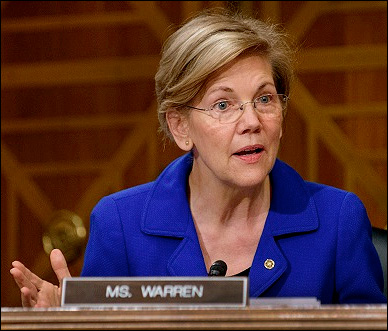First-term Sen. Thom Tillis’s campaign ad branding opponent Cal Cunningham as not trustworthy.
By Jim Ellis
Oct. 22, 2020 — It looked like North Carolina Democratic US Senate nominee Cal Cunningham was building a strong lead over first-term Sen. Thom Tillis (R) as the two candidates headed into October after what had already been a long campaign. Though the revelations coming forth at that time about extra-marital affairs that Cunningham was having didn’t immediately affect the campaign’s course to a great degree, we are now seeing significant movement in Tillis’ direction.
Since the end of September until last week, 18 polls were conducted of the Tar Heel State Senate race and Cunningham was averaging a lead of just under six percentage points. This included a range of a 13-point spread in one survey (Hart Research Associates; Sept. 24-27; 400 likely North Carolina voters, live interview — Cunningham, 54 percent; Tillis 41 percent) all the way to Tillis’s one-point edge (East Carolina University; Oct. 2-4; 1,232 likely North Carolina voters, interactive voice response system & an online panel — Tillis 47 percent; Cunningham 46 percent).
A new series of four polls, from a quartet of individual survey research entities, find the Cunningham lead being cut by almost two-thirds, down to just over two points. The most recent survey, from Ipsos/Reuters (Oct. 14-20; 660 likely North Carolina voters, online interview) projects that the two candidates are tied at 47 percent apiece.
Much of the reasoning behind the movement back toward Tillis’ direction is associated with the Cunningham affairs and how the two campaigns have handled the scandal. Cunningham has stopped holding virtual events and refuses to answer questions about whether there are more women than the two situations that have been already identified. In the one news availability that he held for reporters since the extra-marital scandal broke, Charlotte television reporters stressed several times that the candidate refused to answer four separate times whether he is involved with more women.



